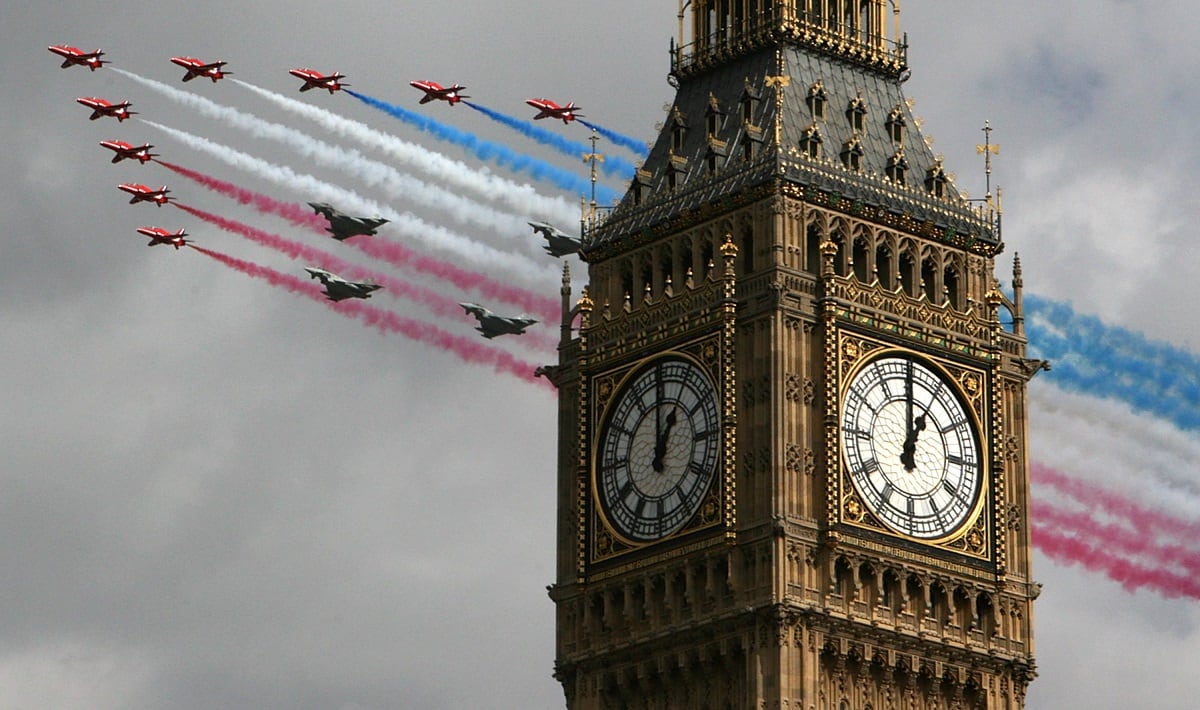LONDON ― The British Ministry of Defence’s Modernising Defence Programme, essentially a review of spending and capabilities, should start to see the light of day around the time of the July 11-12 NATO summit in Brussels.
British Prime Minister Theresa May could unveil the headline conclusions of the program at the summit, with the details to follow sometime in the future.
The fear is that without the government handing the military more money over the next decade, capabilities will be lost and procurement programs abandoned or delayed ― and in some instances, that is already happening.
The MoD has been battling for additional cash from the Treasury for months, but with the British government announcing June 18 plans to spend billions of pounds more on health over the next few years, the chances of defense getting any significant boost appears increasingly remote.
RELATED

Instead the MoD will likely have to persevere with efficiency and other cuts to reduce a black hole in the 10-year equipment plan that the National Audit Office, the government’s financial watchdog, said earlier this year could be unaffordable to the tune of between £4.9 billion and £20.8 billion (U.S. $5.7 billion and U.S. $24.1 billion).
The parliamentary Defence and Public Accounts committees are so worried about “severe“ budgetary pressures that they took the unusual step of jointly writing to the prime minister in early June to voice their concerns.
A June 18 report by the Defence Committee said that if the government wants to have the resources to keep the country safe, it “must begin moving the level of defence expenditure back towards 3% [from the current level of 2 percent] of GDP, as it was in the mid-1990s.”
Andrew Chuter is the United Kingdom correspondent for Defense News.







